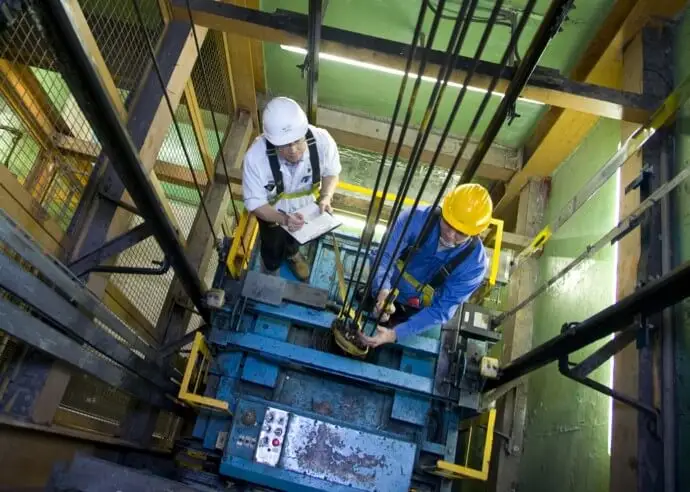Important Guide to Understanding Handicapped Platform Lifts and Their Functionality
Understanding the details of handicapped system lifts goes past simple recognition; it requires an extensive understanding of their functionality and design. The strict safety and security laws and upkeep considerations connected with system lifts are critical in guaranteeing their dependability and durability - elevator maintenance.
Kinds of Impaired System Lifts
There are several types of impaired system lifts designed to supply access for people with flexibility difficulties. Inclined platform lifts, on the other hand, are suitable for locations where a vertical lift may not be possible due to architectural constraints.
An additional kind of disabled platform lift is the mobile lift, which supplies versatility and comfort. Each type of disabled platform lift serves a special purpose in improving access and improving the quality of life for people with wheelchair challenges.
Trick Parts and Mechanisms
Disabled platform lifts, such as vertical and likely lifts, depend on certain crucial components and devices to ensure smooth and safe transport for individuals with wheelchair challenges. One crucial component of these lifts is the system itself, which acts as the foundation for carrying individuals - elevator maintenance. The platform is developed to be strong, sizable enough to suit wheelchairs or movement devices, and equipped with security functions such as guardrails and non-slip surfaces to protect against accidents during transportation

Furthermore, safety sensing units and emergency situation quit switches are incorporated into disabled platform raises to improve user security and protect against mishaps. These components work together to produce a trustworthy and efficient transportation solution for people with flexibility impairments.
Installation and Upkeep Factors To Consider

Normal upkeep is just as vital to keep impaired system lifts running efficiently. Set up inspections, lubrication of moving components, and screening of safety features need go right here to be executed according to the maker's recommended timetable. Any kind of indicators of wear and tear need to be resolved quickly to avoid further damages and make certain the lift operates reliably. In addition, having an upkeep look at this site log to track service history and interventions can help in recognizing patterns and prospective problems before they rise. By focusing on correct setup and persistent maintenance practices, the long life and performance of disabled platform lifts can be made best use of, profiting both individuals and center managers.
Safety Attributes and Rules
Making sure conformity with security policies is critical when examining the performance of safety features in disabled system lifts. Security attributes generally located in handicapped system lifts consist of emergency stop switches, safety and security obstacles, interlocks, and under-platform sensors. Interlocks guarantee that the lift doors are securely shut prior to the lift operates, improving user safety.
Benefits of Using System Lifts
Conformity with safety and security laws and the implementation of crucial safety functions in handicapped system lifts contribute to the overall advantages of using these lifts for people with impairments. Past security, system lifts offer an array of benefits that improve ease of access and ease. In general, the comfort, self-reliance, and inclusivity promoted by platform raises substantially enhance the high quality helpful resources of life for individuals with specials needs, making them a very useful access remedy.

Conclusion
In verdict, impaired platform raises come in different types with key components and mechanisms that permit for secure and reliable operation. The benefits of utilizing system lifts include raised accessibility and freedom for individuals with impairments.
Comments on “Lift Modernization Solutions-- Revamp Your Lifts with Cutting-Edge Technology”